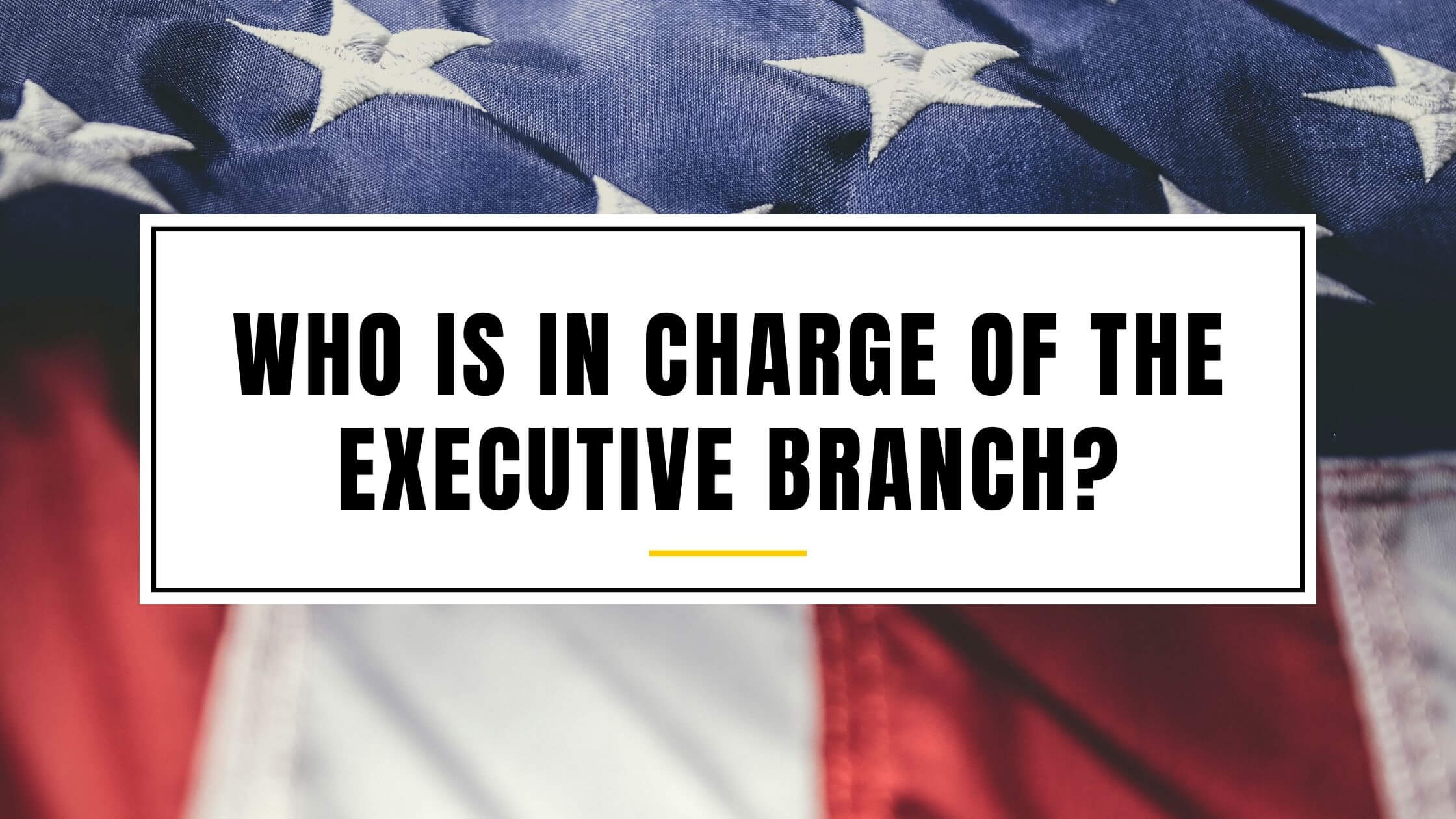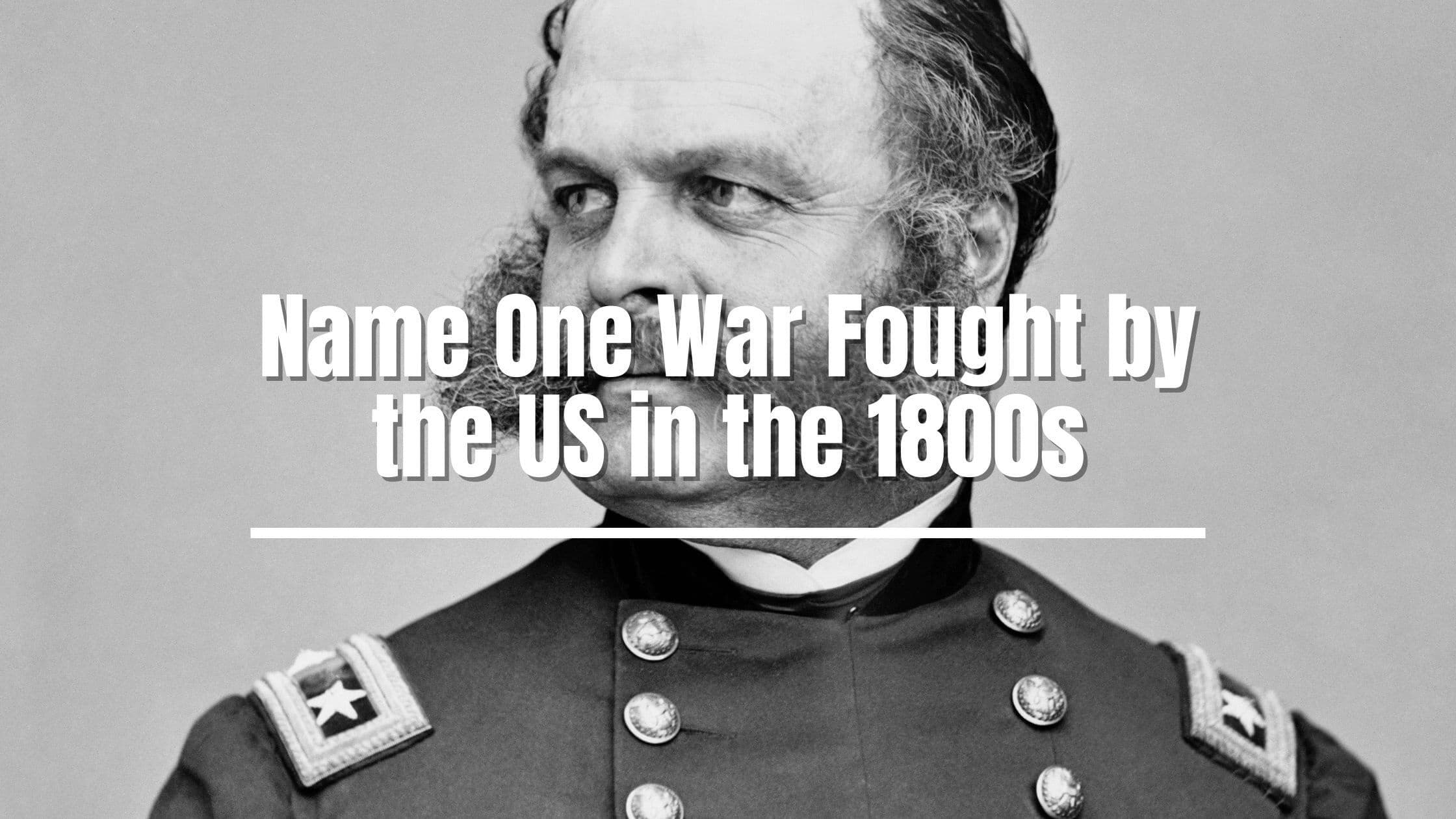Table of Contents
ToggleTo pass the US citizenship test, you will have to answer 10 of a possible 100 questions. The following question is from the USCIS test.
Who is in charge of the executive branch?
Answer:
The President.
The following is a full explanation of the USCIS question:
How Does the President Control the Entire Branch?
No other member of the executive branch has the power to overrule the president’s executive decisions. Only members of other branches of the government can overrule the president in certain circumstances.
Even if the entire executive branch opposes the president’s decision, it can still be executed if the president chooses to press ahead. In practice, the president listens to other executive branch members, so they are not powerless.
There are so many issues to deal with and decisions to make that the president cannot possibly stay on top of them all. Therefore, it is in the best interests of the country that he listen to the input of other members of the executive branch.
For instance, the president may not know much about agriculture, but he can rest assured that the head of the Department of Agriculture does.

Get Smarter on US News, History, and the Constitution
Join the thousands of fellow patriots who rely on our 5-minute newsletter to stay informed on the key events and trends that shaped our nation's past and continue to shape its present.
What Is an Executive Order?
An executive order is a signed order from the president, which must be obeyed. Executive orders do not require the approval of Congress, which makes them controversial.
Congress can only indirectly block an executive order by refusing to fund a controversial project that the president initiates.
Some executive orders are very daring, in both a positive or negative sense. For example, President Abraham Lincoln freeing the slaves came from an executive order, but so too did the internment of Japanese-Americans and the confiscation of their property during WW2. While President Roosevelt controversially signed an executive order requiring people to hand over their gold in 1933.
That said, the Supreme Court can block an executive order. An attempt to nationalize all steel mills in the 1950s was declared unconstitutional by the Supreme Court.
What Powers Does the President Have?
Since the United States Constitution was written, the president has been responsible for executing the laws created by Congress. The president does not create any laws, but he can veto rather than sign them.
The president’s executive power to veto a law is limited. If half of Congress approves passing a law, the president can veto it, but Congress can subsequently overrule the veto with two-thirds majority support.
The president does not control the judicial branch either, but can appoint new judges to the Supreme Court.
He is the commander in chief of the armed forces and can lead the country in wars, whether large-scale or limited. Presidents can also deploy troops to defend other NATO countries.
The president engages with executive departments, each led by one of his appointees. The Department of Defense, Energy, and Education advise the president. There are fifteen departments in total.
The president is under no obligation to adhere to the advice of any department but ordinarily does so. Other groups besides the fifteen departments that advise the president include the CIA and the Environmental Protection Agency.
Who Else is Part of the Executive Branch of the Government?
The Executive Office members, the heads of numerous departments, and many others are part of the executive branch of the government.
The EOP (Executive Office of the President) has many roles, from negotiating with other governments to helping the president make informed decisions. The Executive Office, which has only existed since 1939, is home to the president’s most influential advisors.
Most of the executive branch, including the majority of the Executive Office, is appointed by the president and not Congress. However, a few advisors, such as the Director of the Office of Management and Budget, require the Senate’s approval.
The EOP also includes the White House Communications Office and the Press Secretary’s Office. The Press Secretary speaks directly to the media and briefs them daily about what the president is doing.
State governors are part of the executive branch of government. Many states also have lieutenant governors, who are similar to vice presidents. There are more than 50 smaller commissions in the executive branch, such as the securities and exchange commission.
The Vice President
If the president dies or becomes unable to perform his duties, the vice president immediately takes over and serves as president. This happens if the vice president and most of the cabinet decided that the president cannot or temporarily cannot serve.
Electors vote for the president and the vice president separately. Before 1804, whoever got the second most votes for president was elected as vice president. This wouldn’t work today because of divisions along party lines.
The Cabinet
The Cabinet is made up of the heads of 15 key departments, which must be chosen by the president and approved by the Senate. While the department heads run very important organizations, they can still only advise the president. The department heads never vote on an executive issue because the president makes these decisions.
Department of Defense
The Department of Defense runs everything related to the military and defending the country. It is a massive part of the government, with more than 1.4 million members on active duty plus half as many civilian employees.
The Department of Defense fights wars, performs peacekeeping missions, does humanitarian work, and provides relief in case of a disaster. The president is always the commander-in-chief of all the branches of the military.
Department of Homeland Security
The Department of Homeland Security focuses on domestic threats, such as potential terror attacks. They disrupt terror plots, protect important infrastructure vulnerable to terror, and respond to natural disasters. It is the second largest of the 15 departments, with more than 250,000 employees.
Department of Energy
The Department of Energy tries to maximize energy security for the people of the United States. They encourage the development of new, cleaner, and cheaper energy sources.
True energy security requires as much domestic energy production as possible. If the United States runs on oil imported from overseas, it is not as secure as producing energy domestically.
Department of Education
The Department of Education works to ensure that everyone can get an education. It encourages students to learn to prepare them for college and become better citizens. They distribute financial aid for students.
The department also tries to make teaching more effective. They sponsor research on how to improve education. The department also makes sure people have equal access to education.
Department of Justice
The Department of Justice is charged with overseeing law enforcement and punishment. It includes a number of other departments, including:
- The Drug Enforcement Administration
- The Federal Bureau of Investigation
- The US Marshalls
- The Federal Bureau of Prisons
The Department of Justice defends people from common crime, domestic threats, and sometimes even foreign threats. They are also responsible for making sure justice is fair and impartial.
The Supreme Court is not under the purview of the Department of Justice. The Supreme Court is part of the judicial branch, the Department of Justice is part of the executive branch.
The judicial branch does not enforce laws – that is the executive branch’s job. The judicial branch, including the Supreme Court, determines how the law applies.
The head of the Department of Justice is the Attorney General, the main legal advisor to the president. When there is a dispute about whether something is a crime or whether a law is unconstitutional, the judicial branch gets to decide.
Do Presidents in All Countries Control the Executive Branch?
No, a country’s president or prime minister doesn’t always make all the executive decisions themselves. There is an executive council in many countries, so the president has to share power with others.
What Are the Advantages of Giving the President This Much Power?
Arguably, giving all of the power to a single executive allows the country to be run more efficiently. Decisions might be too slow if the executive branch voted on each issue before them.
While checks and balances are good if they can prevent abuse of presidential power, too many checks and balances can also be an impediment. Anything that prevents abuse of power can obstruct the government from functioning if it goes too far.
An American president’s powers are also limited in some ways. For example, only the legislative branch can write laws, and the president does not have as much control over the legislative branch. Restricting the president’s executive powers might slow the government down too much.











